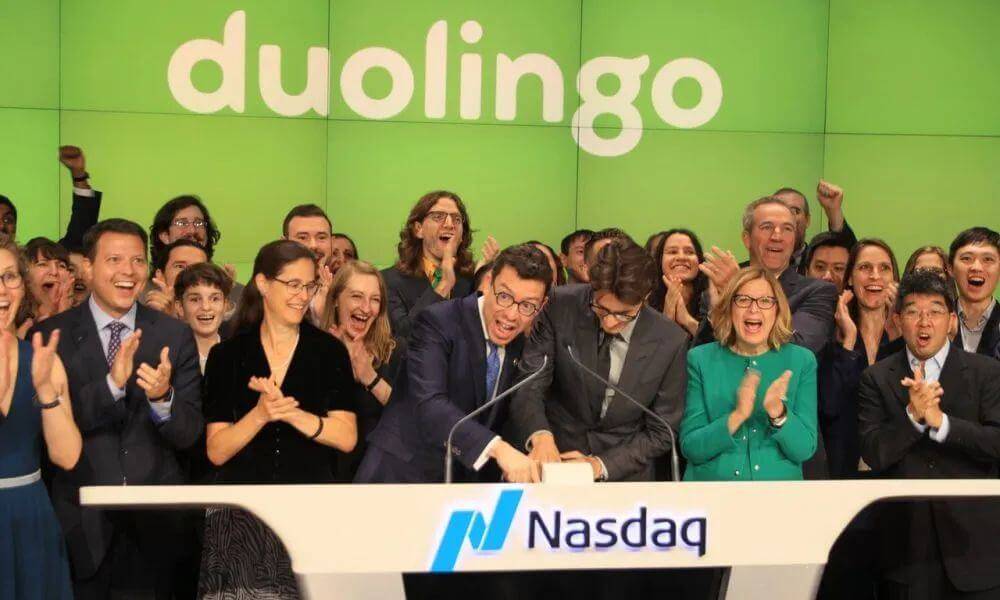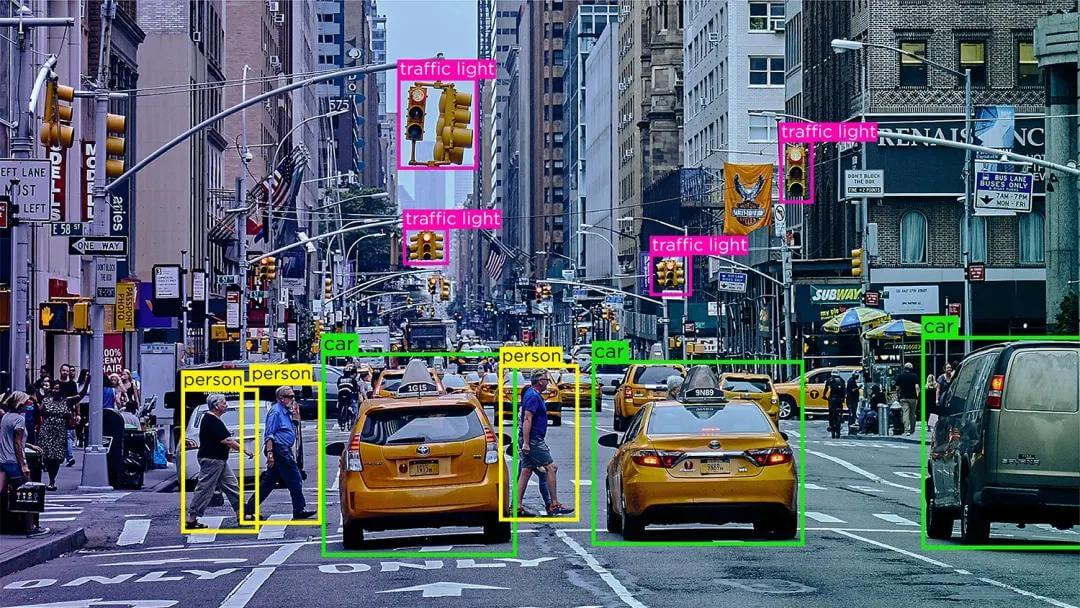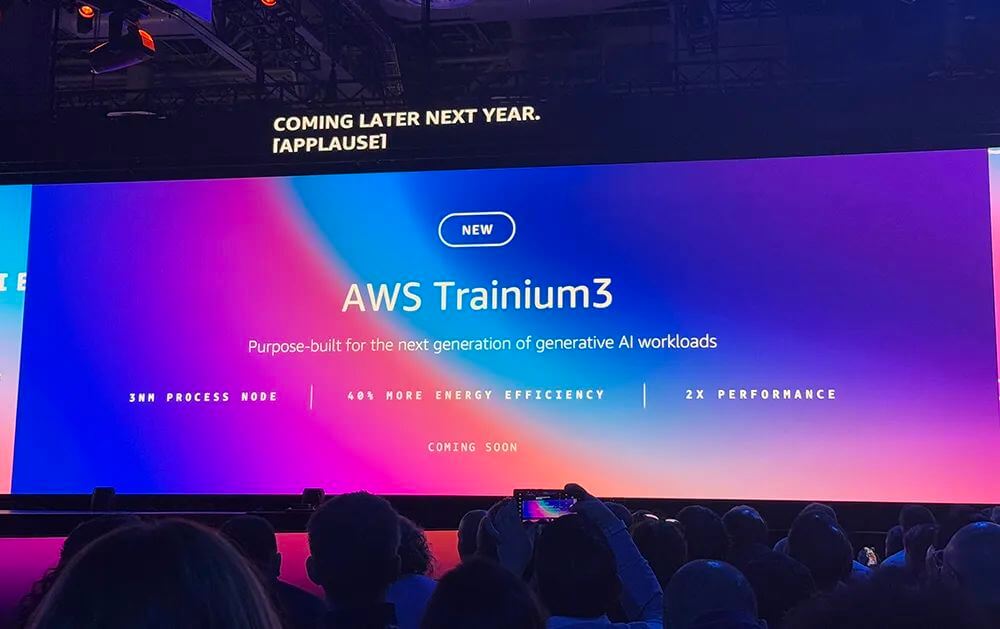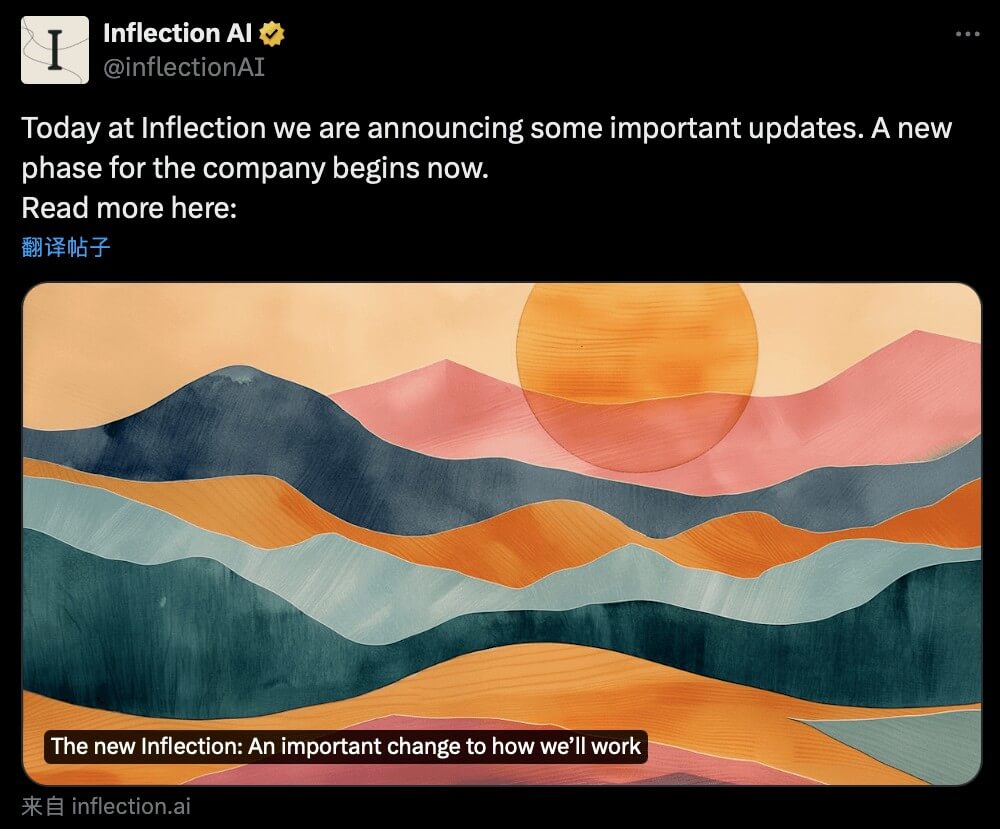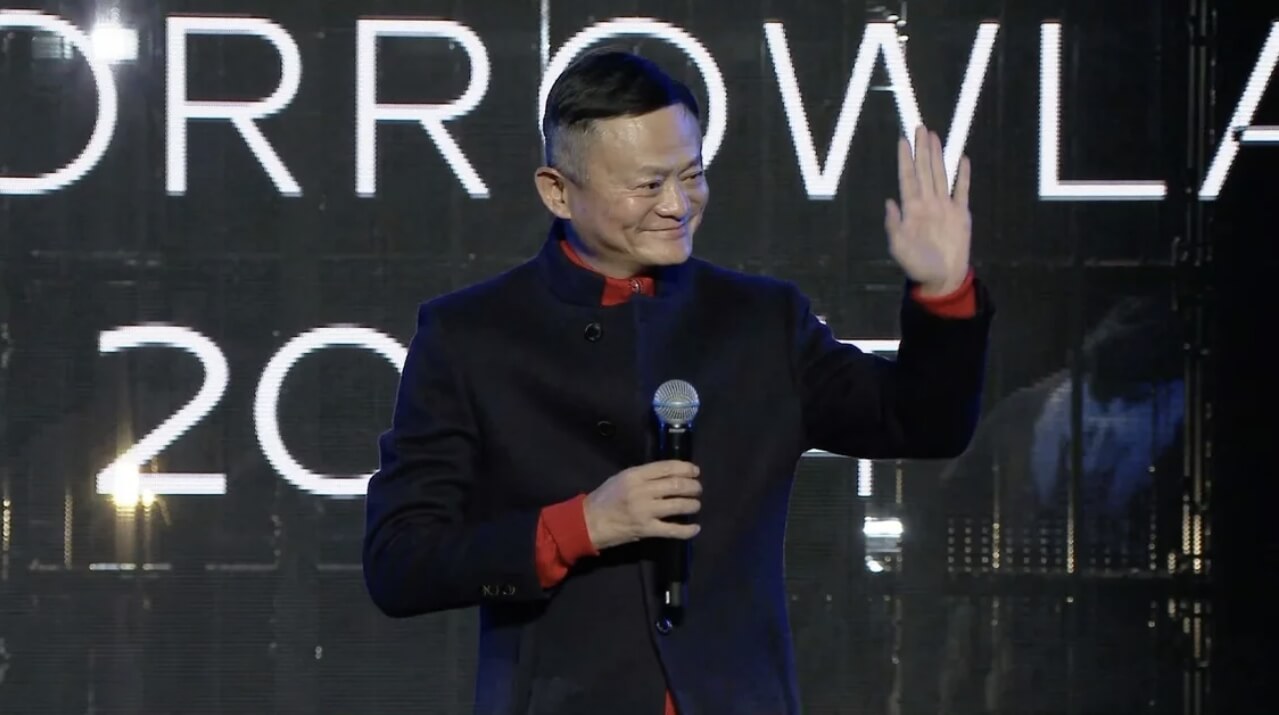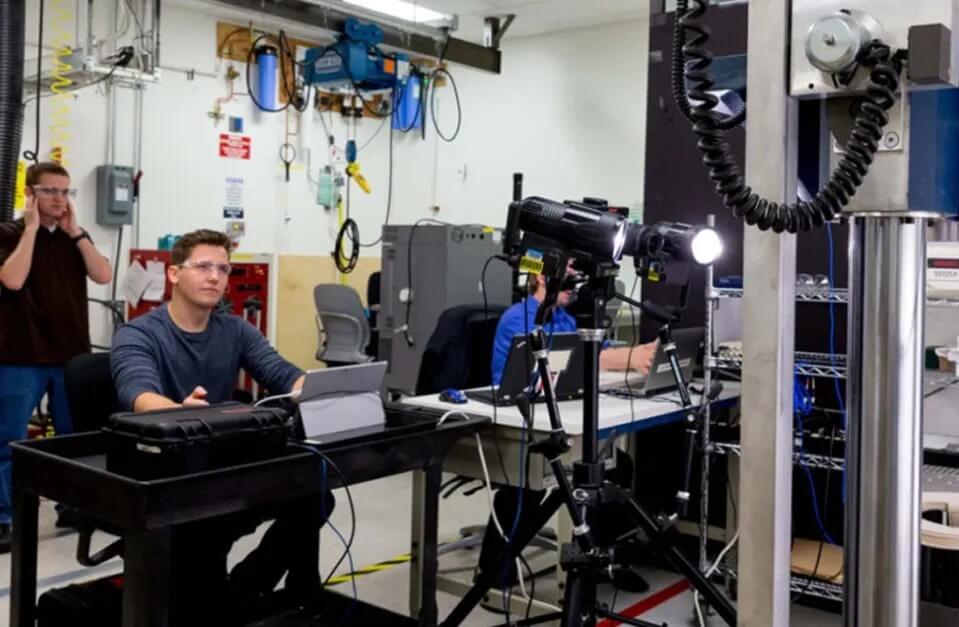In his twenties, Luis von Ahn sold two companies to Google, and by the age of 50, he had already reached the pinnacle of the tech world, becoming a successful entrepreneur with a publicly listed company and a personal net worth of $1 billion.
The person we are talking about today is Luis von Ahn, the founder of Duolingo, a brilliant computer scientist and entrepreneur who is at the forefront of the "crowdsourcing wave."
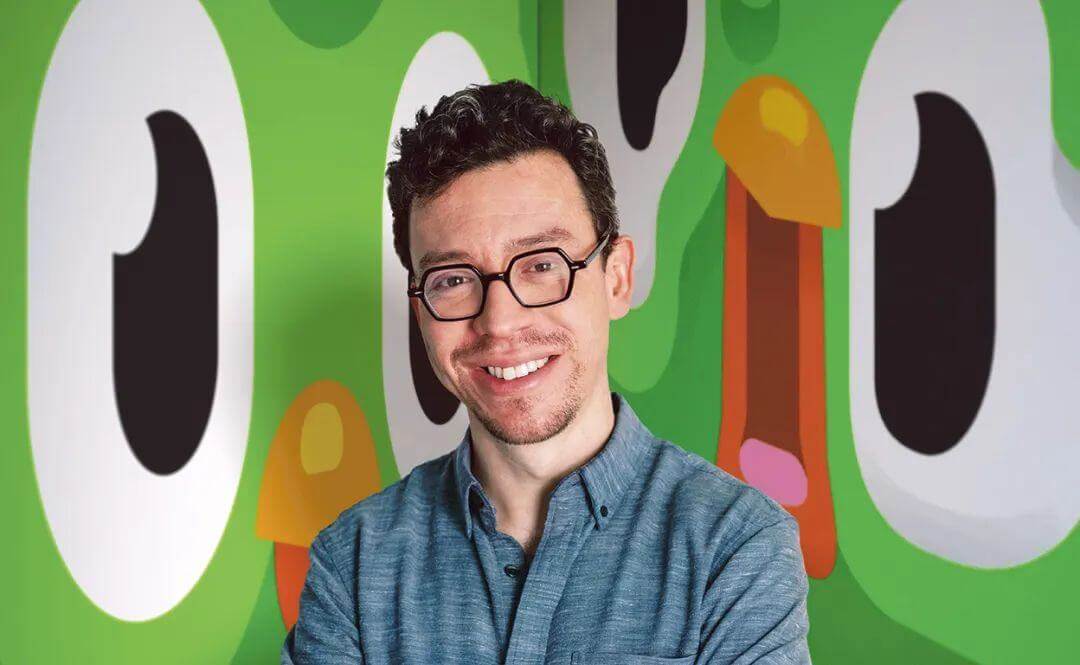
01 Rejecting the Conventional Path as a Youngster
Luis von Ahn was born and raised in Guatemala, a country in Central America bordered by the Pacific Ocean to the west, the Caribbean Sea to the east, and Mexico to the north. The country’s size is comparable to Jiangsu Province in China, yet it has only one-fifth of Jiangsu's population. Guatemala is known for its extreme wealth inequality, with the top 10% of the population owning 42.4% of the nation’s wealth. This has contributed to the country being one of the most violent in the world.
Luis described his hometown: "Standing on the street, you might see a gated community surrounded by tall walls with beautiful houses. But on the next street, you could be confronted with slums in conditions so harsh that they are rarely seen anywhere else in the world."
However, Luis was fortunate to be born into a wealthy family. His mother was one of the first women in Guatemala to complete medical school, and his father was a well-known orthopedic surgeon. During his childhood, his family also took over a candy manufacturing factory. While this might have made for a "sweet" childhood for most children, Luis wasn’t interested in candy; instead, he enjoyed disassembling the factory's machines to figure out how they worked.
At the age of eight, he entered a private English school locally, and his mother gave him a Commodore 64 home computer as a gift. This was in 1986, before the internet existed. By reading manuals and computer magazines, he gradually learned how to use the early computers and became deeply fascinated by the technology behind them.
Innovative ideas continually sparked during his childhood. For example, he made a motor that could bind many pens together to help him do homework more efficiently. He also imagined a treadmill that could generate power from running, thinking people could generate electricity while exercising.
However, Guatemala was not in the best economic or security condition. From 1960 to 1996, the country was in a state of civil war, with a high crime rate. Luis’s aunt was even kidnapped. Additionally, there were no universities in Guatemala that offered the math program he wanted, so he began applying to universities in the United States before graduating high school.
Even though he had excellent grades, getting into a prestigious U.S. university as an international student was not easy. As an international student, he had to take an English language proficiency exam. In 1995, when it was time to take the exam, all the available slots in Guatemala were filled, so he had to fly to neighboring El Salvador. The exam cost him $1,200, which was quite expensive at the time. This experience taught him a few important lessons:
-
Education, especially good English education, is an opportunity that can change one’s fate.
-
Institutionalized education does not promote social mobility; in fact, it can exacerbate class divides—if his family hadn’t been wealthy, he wouldn’t have had the opportunity to travel to a neighboring country to take the exam.
-
Many people around the world cannot afford the high costs of education.
Luis was eventually accepted to Duke University in the U.S., where he earned a bachelor’s degree in mathematics in four years. He then chose to continue his studies at Carnegie Mellon University, one of the top schools for computer science, to pursue a Ph.D. under the guidance of Turing Award winner Manuel Blum (often referred to as the father of cryptography).
02 The Young Father of CAPTCHA
Often, opportunities come quietly.
During a lecture in his department, the chief scientist from Yahoo introduced a talk on "The Top 10 Problems We Cannot Solve." One of the problems mentioned was a major headache for email users: people were using bots to automatically create countless email accounts to send spam advertisements.
After attending the lecture, Luis had some ideas. A few weeks later, he discussed the issue with his advisor Manuel and came up with a preliminary solution. They believed that solving the problem required two conditions: first, human users should be able to pass the verification easily, while computers should not; second, computers should be able to accurately determine whether the user's answer was correct.
They realized that humans could easily recognize distorted or blurred text in images, whereas computers struggled to do so. Under his advisor's guidance, Luis quickly designed a program that would randomly distort, overlap, or obscure strings of text and display them to users. If the user could identify the distorted text, it would confirm that the operator was a human and not a machine.
This design became known as "CAPTCHA" (Completely Automated Public Turing test to tell Computers and Humans Apart), the widely used verification code system we still use today.
Luis sent his research findings and code directly to Yahoo, and within a week, Yahoo implemented CAPTCHA. Given the efficiency of large companies, one can imagine how much of a headache the robot registration problem had been for Yahoo.
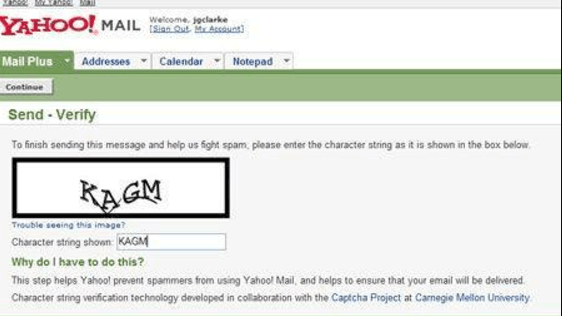
Soon, major American media outlets, including The New York Times and USA Today, began reporting on this groundbreaking technology, and Luis von Ahn became a household name. He gave away his creation to Yahoo for free, and before long, every website in the world was using this technology.
03 Technology Has No Boundaries, Innovation Never Stops
Luis’s CAPTCHA innovation was a significant milestone, but his doctoral research delved into a completely new area—Human Computation, a concept he pioneered. Human Computation became the precursor to the well-known field of crowdsourcing. Based on this concept, Luis developed several internet systems that allowed tasks to be divided into smaller sub-tasks and completed collaboratively by multiple participants.
By the age of 25, when he earned his Ph.D., his dissertation won CMU’s Best Dissertation Award of the year. The following year, he became an assistant professor at CMU’s School of Computer Science and was awarded a $500,000 grant by the MacArthur Foundation (commonly known as the Genius Grant). This award is given to outstanding young foreign researchers living in the U.S. and allowed him to continue exploring unsolved problems in computer science.
The concept of "Human Computation" was so ahead of its time that it initially faced skepticism in the industry. To promote his research, Luis seized every opportunity to give public talks. One of these talks caught the attention of Marc Frons, the then-CTO of The New York Times. Frons sought Luis’s help to digitize 130 years of newspaper archives. For each year completed, The New York Times agreed to pay him $42,000.
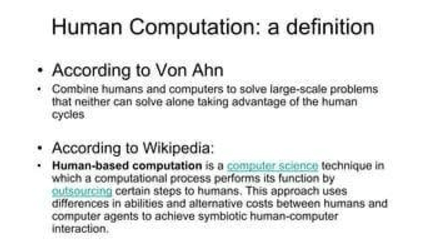
This collaboration spurred the development of an enhanced CAPTCHA system called reCAPTCHA, a more advanced internet security tool. Unlike CAPTCHA, reCAPTCHA included not only computer-generated strings but also distorted words extracted from scanned texts that computers couldn’t recognize. These decoded words contributed to the digitization of books, newspapers, and maps.
Every day, internet users decoded millions of CAPTCHAs, amounting to a collective effort of 500,000 hours daily. Luis began receiving checks worth tens of thousands of dollars every few days. However, when CMU learned of this income, they terminated his professor position, prompting him to leave academia and officially start his own company.
In 2007, at the age of 29, Luis founded reCAPTCHA Inc. Two years later, Google acquired the company, and Luis joined Google. Post-acquisition, reCAPTCHA helped Google digitize approximately 2 million books annually, significantly advancing the Google Books project.
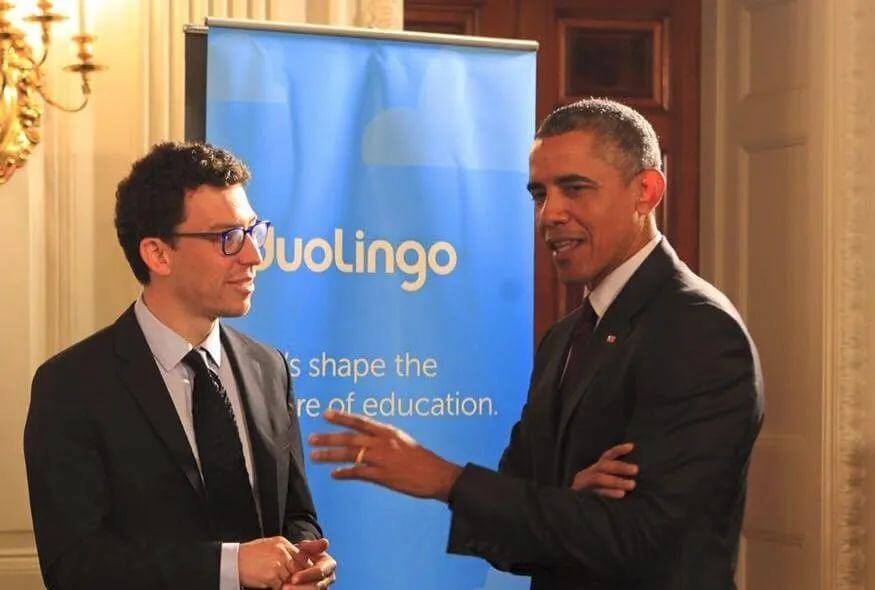
It’s worth noting that this was not Luis’s first project acquired by Google. The first was the ESP Game, a project he designed during his Ph.D. years. Google bought the game to improve the accuracy of its image search functionality.
While working at Google is a dream for many engineers, Luis—who had once turned down a job offer from Bill Gates—was not one to settle. As a distinguished mathematician, computer scientist, and inventor of CAPTCHA, Luis had achieved financial freedom by the age of 30. Yet, he was determined to continue innovating and pursue more meaningful endeavors.
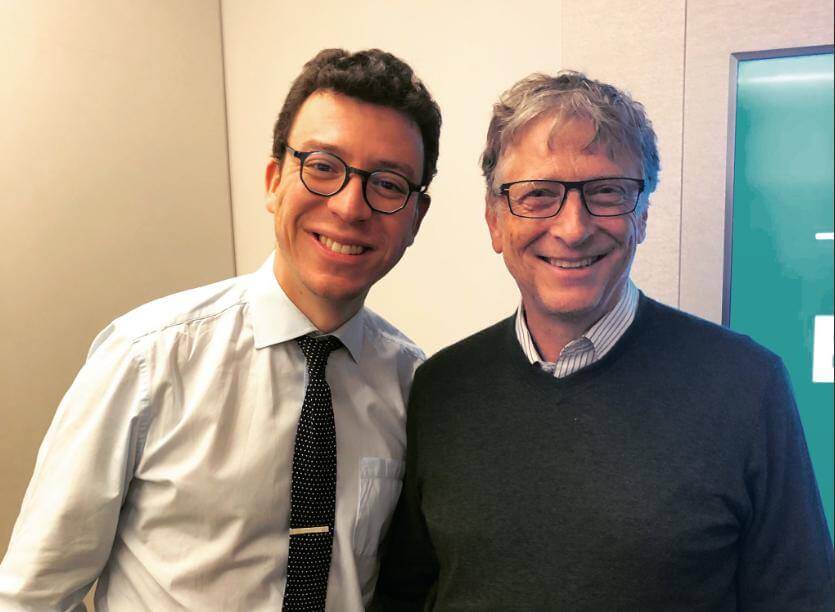
04 Returning to His Roots: Founding Duolingo
From his early academic years, Luis understood the profound inequality in education. Wealth could buy access to the best education, while those in poverty often lacked even basic literacy opportunities.
In 2011, Luis returned to CMU as a mentor to graduate students. One of his students, Severin Hacker, presented a Ph.D. topic that deeply intrigued him. Inspired, Luis and Hacker co-founded Duolingo in 2012, a free language-learning platform aimed at addressing the high cost of language courses, particularly in developing countries.
From its inception, Duolingo was built on the vision of “making education accessible to everyone for free.” But how would it make money?
Initially, Luis sought funding from NASA but found the process too time-consuming. Fortunately, Union Square Ventures, a well-known venture capital firm, approached him and led a $3.3 million Series A funding round. Other investors included angel investor Tim Ferriss and Hollywood actor Ashton Kutcher.
Leveraging his reputation for groundbreaking technological expertise, Luis raised $83.3 million in total funding by 2015, progressing to a Series D round. At the time, Duolingo boasted 100 million users and a valuation of $470 million. Google invested $45 million in the Series D round but issued a warning: “Your valuation is high, but you’re not making any money.”
Eventually, Duolingo adopted a simple business model: ads + subscriptions. The platform remained free for everyone, but users who wanted to skip ads and access additional features could subscribe. This straightforward model proved sustainable and paved the way for Duolingo’s IPO.
“How can we make learning as addictive as social media?”
Luis addressed this question in a TED Talk last year. He discussed how, in today’s internet-driven world, educational apps must compete with addictive platforms like TikTok and Instagram. He explained how Duolingo leverages psychological principles from social media and mobile gaming to foster user engagement while democratizing access to language education globally.
In his own words, Duolingo’s success is attributed to several key factors:
-
Using the free + subscription model, where wealthy users pay for subscriptions to fund the education of everyone.
-
Adapting concepts and technologies from social media apps, such as keeping track of login streaks and sending push reminders.
-
Making education as attractive as dessert, using psychological cues to motivate users to learn.
-
Education apps don’t need engagement levels on par with social media, as intrinsic motivation can bridge the gap.
Duolingo has successfully allowed hundreds of millions of people to enjoy the fun of language learning and hopes to expand into other fields of study in the future.
From its founding in 2012 to its IPO in 2021, Duolingo has grown at an astounding rate. In Q1 this year, it reached 31.4 million daily active users (a 54% year-on-year increase); its revenue was $167.6 million (a 45% year-on-year increase), and its adjusted EBITDA was $44 million (a profit margin of 26.3%). The projected revenue for Q2 is $175 million, with a full-year revenue estimate of $730 million for FY24.
05 From Excellent to Exceptional
If you listen to Luis von Ahn's speeches, you’ll notice he still retains his Latin American accent in English. His mother tongue is Spanish, yet this has not hindered him from becoming a leader in teaching languages.
A distinguished innovator in computer science, Luis transitioned from learning languages to contributing to language learning; from creating new technologies to commercializing them; from a young scholar to a billionaire entrepreneur. By every measure, he embodies the mainstream societal values of success.
His journey is also shaped by three key principles:
-
An endless curiosity with limitless potential
Knowledge is a joy, and curiosity is the seed of knowledge. From his childhood interest in dismantling factory machines, to his passion for small inventions in school, his fascination with computer technology during his teenage years, and his focus on solving complex problems in technology companies in university, Luis’s curiosity continuously sparked new ideas.Thanks to this curiosity, we have CAPTCHA, a technology used worldwide, and Duolingo, which makes learning languages as fun as playing a game. Luis von Ahn has never stopped observing life, always finding true innovation within it.
-
Never stopping thinking or progressing
If Luis had achieved financial freedom at 30 and then traveled the world or become an angel investor, it might have sounded great, but it would have meant no subsequent story.Luis has always sought ways to fulfill his personal mission. Even after 12 years of running Duolingo, he continues to think about how to innovate every year and how to help more people bridge the gap of class and education.
His spirit of never settling and continually pushing forward is what has made him successful.
-
Relentless dedication to solving inequality
Language can be a barrier. While the majority of the world’s written information is in English, most people’s native languages are not. This language divide, to some extent, contributes to inequality, as communication between cultures is hindered, the spread of information slows down, and efficiency decreases.The divide between the rich and the poor also creates immense inequality. In the face of these two inequalities, Luis sought to use a practical business model to create a balance—making the wealthy pay for knowledge, thereby creating more opportunities for others to learn for free.
Luis von Ahn’s LinkedIn page describes his personal mission as:
“I plan to dedicate my life to building a future where, through technology, everyone on this planet can access the highest quality education. Moreover, in the future, people will be willing to spend their time learning.”
Luis’s success may not be replicable, but at the very least, we can benefit from his achievements. Regardless of whether we are users who can afford subscriptions or not, why would we reject the opportunity to improve ourselves simply through learning?
